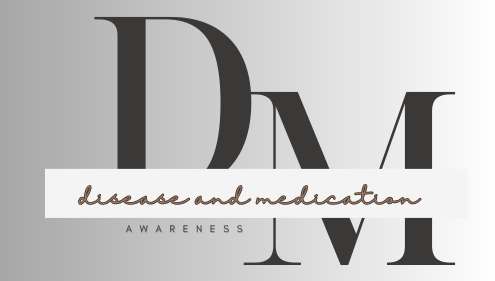Introduction
Geriatric diseases, also known as age-related diseases, are health conditions that commonly affect older adults. As individuals grow older, they become more susceptible to certain medical conditions due to a combination of factors such as physiological changes, lifestyle factors, genetic predisposition, and the cumulative effects of environmental exposures over time.
Common geriatric diseases:
Geriatric diseases often include chronic conditions and age-related ailments that affect older adults disproportionately compared to younger populations.
Examples of geriatric diseases include but are not limited to,
- Causes: Age-related changes in blood vessels, cholesterol buildup, hypertension, and reduced heart function.
- Symptoms: Chest pain, shortness of breath, fatigue, and an irregular heartbeat.
- Management: Regular exercise, a healthy diet low in saturated fats, medication management, and routine check-ups with a cardiologist.
2.Osteoporosis
- Causes: Loss of bone density and strength due to aging, hormonal changes, and inadequate calcium intake.
- Symptoms: Fractures, decreased height, stooped posture, and back pain.
- Management: Calcium and vitamin D supplementation, weight-bearing exercises, fall prevention measures, and medication therapy.
3.Arthritis
- Causes: Degeneration of joint cartilage, inflammation, and wear-and-tear over time.
- Symptoms: Joint symptoms include common pain, stiffness, swelling, and a dropped range of motion.
- Management: Pain management medications, physical therapy, joint injections, and assistive devices.
4.Dementia
- Causes: Neurodegenerative changes, including Alzheimer’s disease and vascular dementia.
- Symptoms: Memory loss, confusion, personality changes, and difficulty performing daily tasks.
- Management: Cognitive stimulation activities, medication therapy, caregiver support, and safety precautions.
- Causes: Insulin resistance, impaired glucose metabolism, and pancreatic dysfunction.
- Symptoms: Increased thirst, frequent urination, fatigue, and slow wound healing.
- Management: Blood sugar monitoring, medication adherence, a healthy diet, regular exercise, and foot care.
6. Vision and Hearing Impairment

- Causes: Age-related changes in the eyes and ears, such as cataracts, macular degeneration, and presbycusis.
- Symptoms: Blurred vision, difficulty seeing at night, hearing loss, and ringing in the ears.
- Management: Regular eye and ear exams, corrective lenses, hearing aids, and environmental modifications.
7. Depression
- Causes: Depression in older adults can be triggered by a combination of factors, including biological changes, chronic illness, social isolation, bereavement, or medication side effects.
- Symptoms: Persistent feelings of sadness, hopelessness, loss of interest in activities, changes in appetite or weight, sleep disturbances, fatigue, and difficulty concentrating.
- Management: Psychotherapy (e.g., cognitive-behavioral therapy), antidepressant medications, social support networks, regular physical activity, and lifestyle modifications.
8. Hypertension (High Blood Pressure)
- Causes: Hypertension is often age-related and can result from genetic predisposition, or underlying health conditions (e.g., kidney disease, thyroid disorders).
- Symptoms: Hypertension is often asymptomatic but can lead to serious complications such as stroke, heart attack, heart failure, or kidney disease if left untreated.
- Management: Lifestyle modifications (e.g., healthy diet, regular exercise, weight management, stress reduction), antihypertensive medications, and regular blood pressure monitoring.
9. Bladder control problem
Bladder control problems, also known as urinary incontinence, are common among older adults and can significantly impact their quality of life.
● Cause: aging-related changes in bladder muscles and nerves, leading to decreased bladder capacity and control. surgery, or chronic constipation. Neurological conditions, such as stroke, Parkinson’s disease, or multiple sclerosis, affecting bladder function. Urinary tract infections (UTIs), medications, and certain medical conditions, such as diabetes or prostate enlargement, can also contribute to urinary incontinence.
● Symptoms : Frequent urination, especially at night (nocturia) , urge to urinate , Leakage of urine during physical activity, coughing, or sneezing, Difficulty initiating urination or fully emptying the bladder.
● Management : Pelvic Floor Exercises (Kegels), bladder training, lifestyle modifications, medication therapy , behavioral therapy can assist in improving bladder control and reducing accidents.

Conclusion:
Geriatric diseases pose significant challenges for older adults and their caregivers, impacting their quality of life and independence. By understanding the causes, symptoms, and management strategies outlined in this article, older people can take proactive steps to maintain their health and well-being as they age. Additionally, caregivers can provide essential support and assistance to ensure optimal care for their loved ones.
